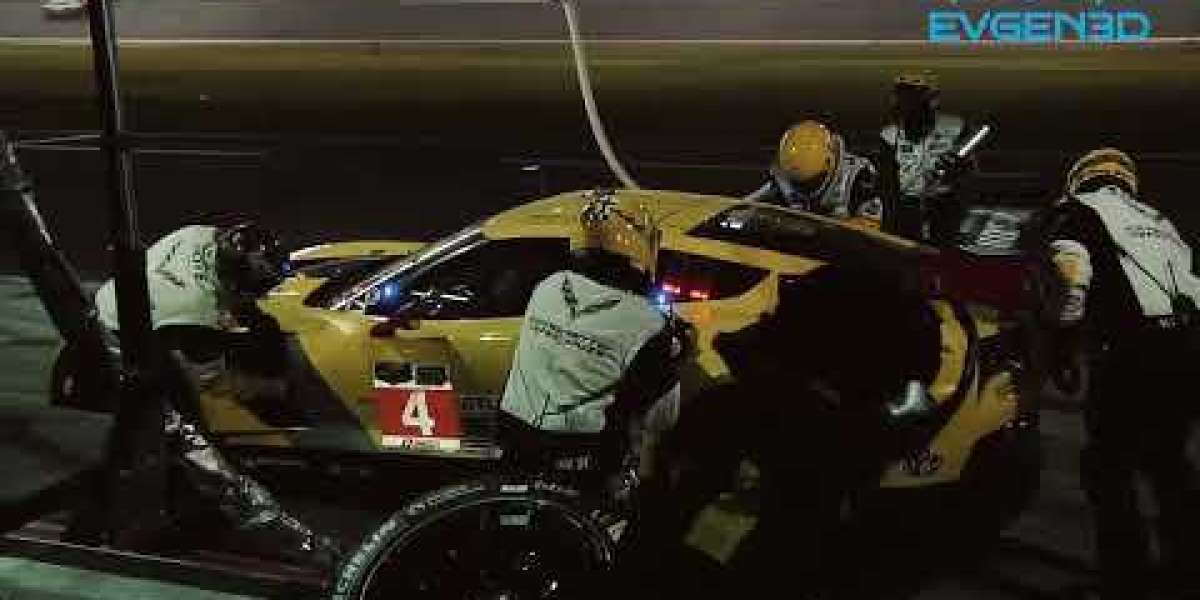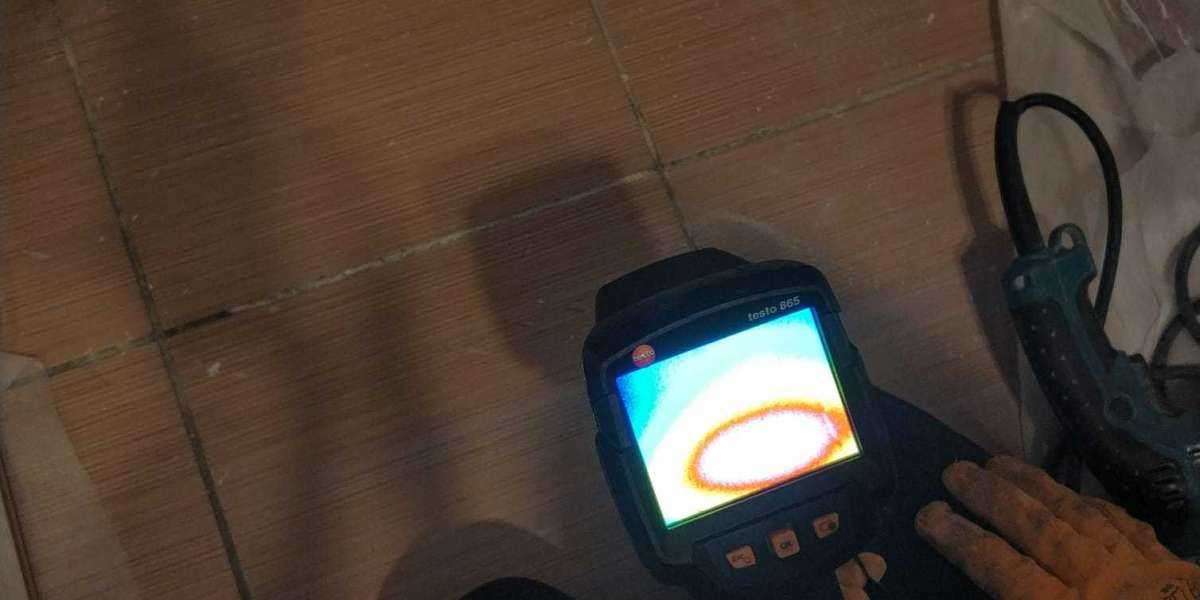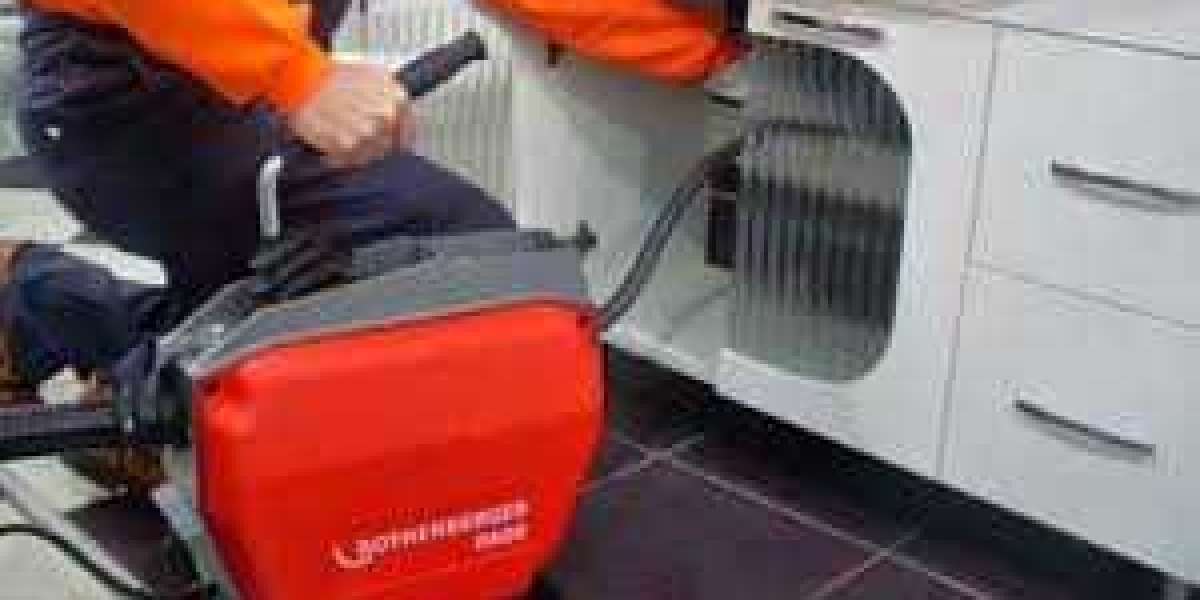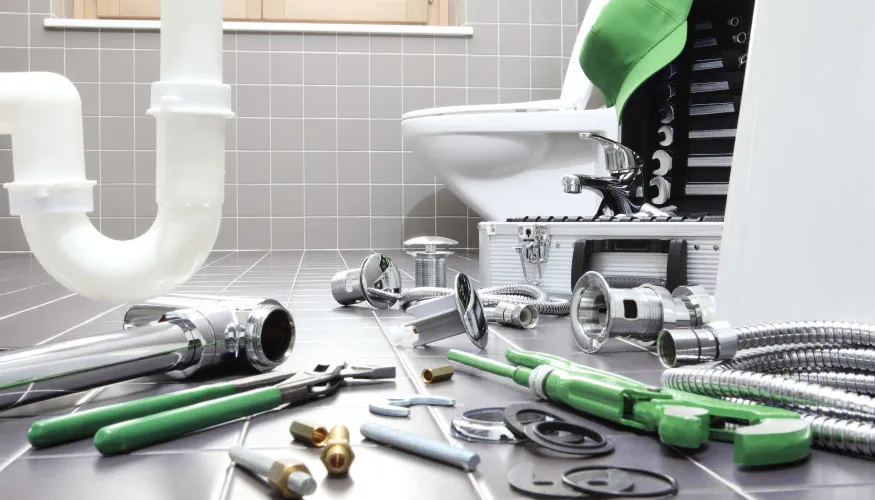QIF intelligently organizes the inspection data generated by coordinate measuring machines and other inspection technologies from a variety of suppliers in order to provide output in a format that is standardized. This is done in order to support the digital transformation of inspection operations.
A standardized platform for the establishment of a connected digital manufacturing infrastructure is now available to manufacturers thanks to QIF.
Making Adjustments to the Particular Sensitivities of the Optical Micrometer
In different parts of the measuring region, the optical characteristics of the micrometer will take on different values. Timken has determined that the gage type is capable of meeting the company's accuracy specifications after the optical micrometer has had its errors mapped out and been compensated for those errors. However, cmm services the diameter that is measured will not correspond to the true diameter of the part at that plane for certain part geometries, such as tapers or curvatures along the length of the part. Large skews also contribute to this problem. A misalignment that is perpendicular to the direction in which the scan is being performed will almost certainly result in an error in the measured diameter at that cross section.
Mr. Keller explains the training that is provided for new users so that they are aware of the new technology's sensitivity in this area. A record is kept of the distribution of the diameters that were measured, and the mean of the distribution is compared to the actual diameter. Then, the new user will measure the master part a number of times again using the workholding registration that is integrated into the gage. This will result in the part axis being located at a particular location that the user desires. According to him, now that the demonstration has been given, workers who are new to the optical micrometer understand the importance of being diligent and consistent when it comes to part axis location.
There are still problems with edge detection, such as part surface contamination, cmm inspection services surface texture and reflectivity restrictions, and edge dispersion, as Mr. Erroneous measurements can, however, be identified and remeasured by performing a weighted average of several diameter measurements of the component while it is rotated about its axis. Keller maintains that despite this, there are a great many benefits.
When used for the measurement of bearing-component diameters, the optical micrometer has shown that it is capable of performing well in formalized measurement system analysis testing. In addition to this, the system exhibits an acceptable environmental tolerance toward oil and dust from the factory, as well as variations in temperature and humidity.







